Moving a piano is a task that demands meticulous planning and a thorough understanding of the instrument’s delicate nature. In the pursuit of successfully relocating this majestic musical centrepiece, there are certain pitfalls that, if not avoided, can lead to significant consequences. This essay aims to shed light on the various aspects one should be mindful of when moving a piano, emphasizing the crucial missteps that must be sidestepped to ensure a seamless and damage-free relocation. Weight of a piano is often underestimated, leading to inadequate preparations. Pianos come in different sizes and weights, ranging from uprights to grand pianos, and miscalculating the actual weight can result in insufficient manpower or inappropriate lifting techniques. This oversight not only jeopardizes the safety of the individuals involved but also poses a considerable risk to the integrity of the instrument itself.
Not Securing Moving Part
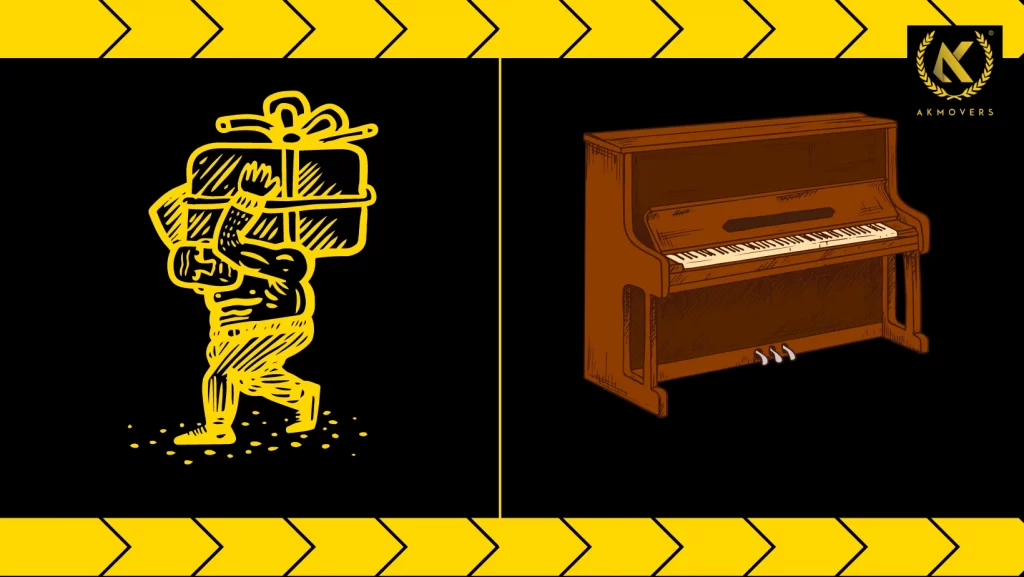
When lifting a piano, it’s crucial to avoid neglecting to secure any moving parts. Failing to do so can lead to damage to both the piano and potential injury. Never forget to lock the piano lid and keyboard cover in place to prevent them from swinging open during the lift, as this can destabilize the instrument and cause accidents. Additionally, ensure any pedals are properly secured to prevent them from shifting or getting caught during transportation. By overlooking these precautions, you risk compromising the integrity of the piano and endangering those involved in the lifting process. Always prioritize safety and take the necessary steps to secure all moving parts before attempting to move a piano.
Lifting Without Special Equipment
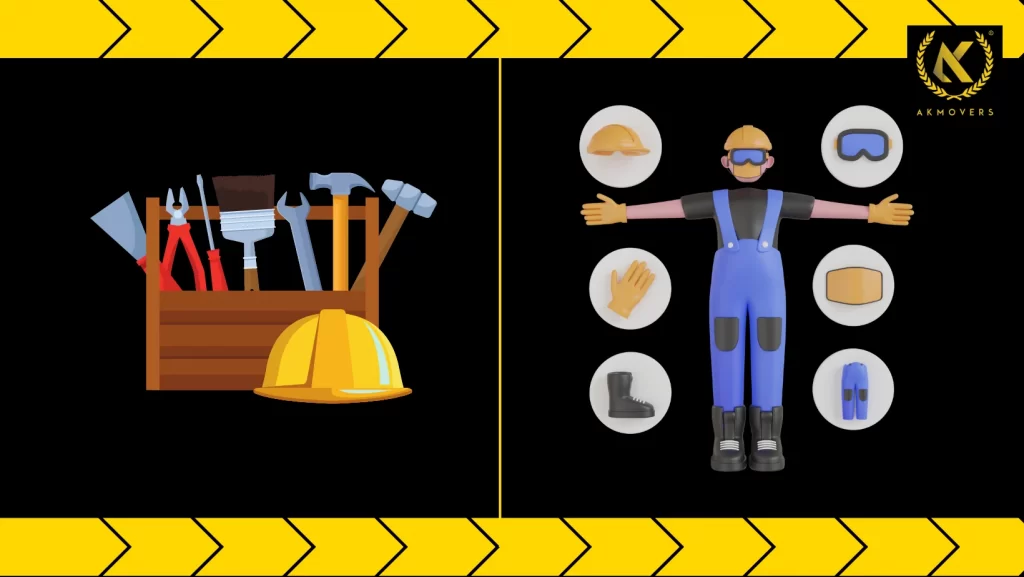
Lifting a piano without special equipment can be risky and should be avoided whenever possible. Attempting to lift such a heavy and awkwardly shaped object without the proper tools increases the likelihood of strain or injury to yourself and damage to the piano. Without equipment like piano dollies, straps, or a team of trained movers, you risk dropping the piano, causing structural damage, or even serious harm. Always prioritize safety and use appropriate equipment or professional assistance when moving a piano to ensure both your well-being and the integrity of the instrument.
Not Planning The Route Properly
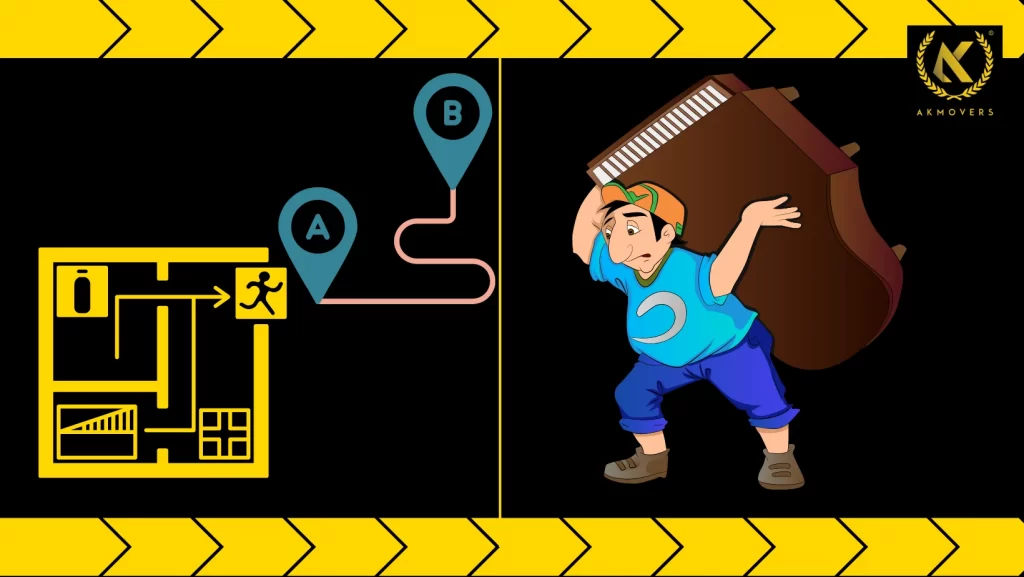
Failing to plan the route properly when moving a piano can lead to a host of complications and potential hazards. Without careful consideration of doorways, hallways, staircases, and other obstacles, you risk getting stuck or causing damage to the piano and surrounding structures. It’s essential to measure doorways and passages to ensure the piano can fit through without difficulty and to clear any obstacles along the way. Rushing without a well-thought-out plan increases the likelihood of accidents and damage, so take the time to map out the route beforehand and enlist help if necessary. By planning ahead, you can minimize the risk of mishaps and ensure a smoother and safer piano-moving experience.
Skipping Pre – Transport Checks
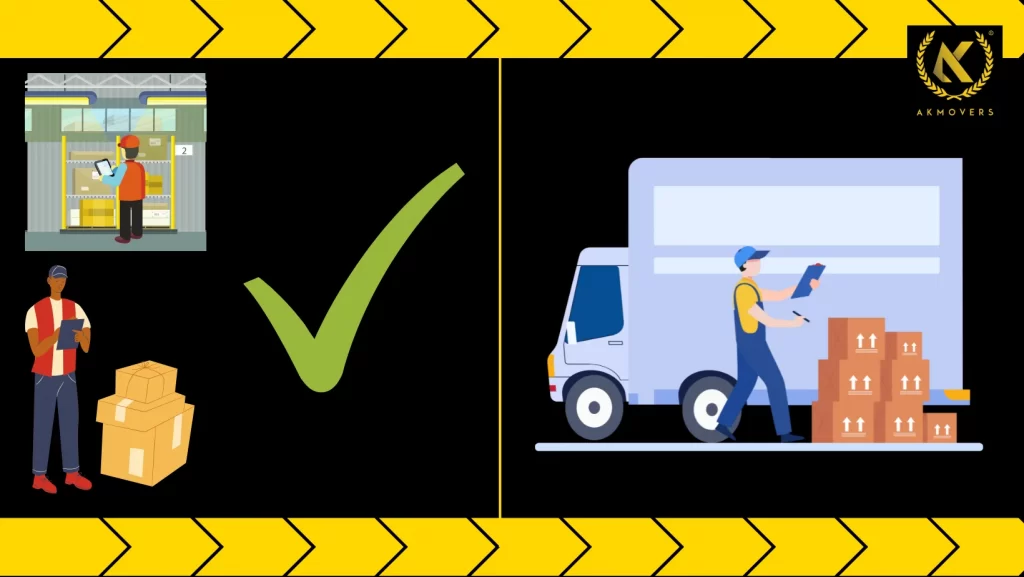
Skipping pre-transport checks before moving a piano is a recipe for disaster. These checks are crucial for ensuring that the piano is secure and ready for transport. Failing to inspect for loose or damaged parts, such as legs, casters, or hinges, could result in them giving way during the move, leading to potential injury or damage to the piano. Additionally, neglecting to check for stability on uneven surfaces or securing the instrument inside the moving vehicle can lead to accidents or shifting during transit. Taking the time to conduct thorough pre-transport checks helps mitigate risks and ensures a safer and smoother moving process for both you and the piano.
Not Considering Climate or Weather
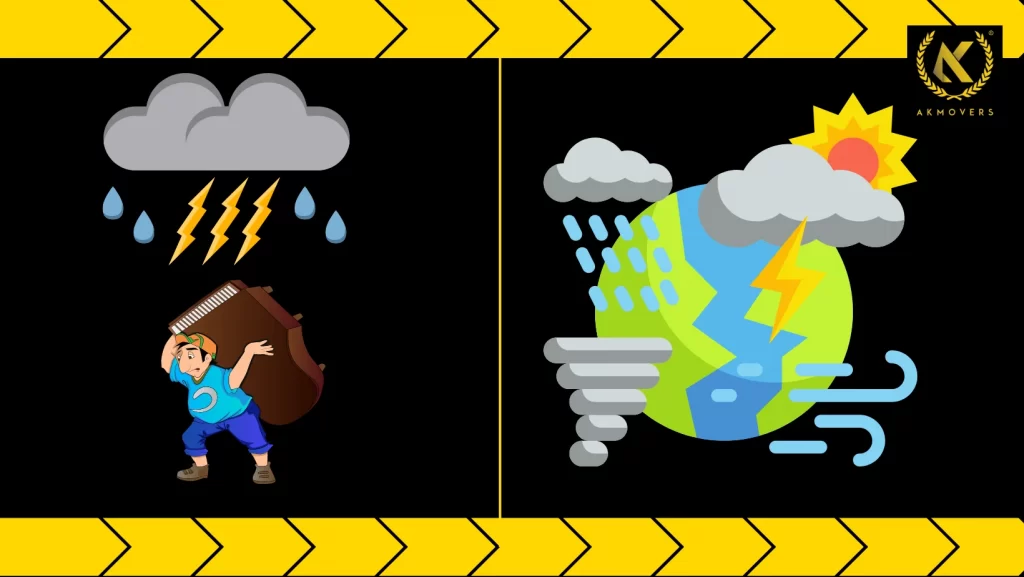
Overlooking the climate or weather conditions when moving a piano can have serious consequences. Extreme temperatures, humidity, or precipitation can damage the piano’s delicate components, such as the wood, strings, and internal mechanisms. Exposure to moisture can cause warping or swelling of the wood, while extreme temperatures can affect the tuning stability and overall integrity of the instrument. Ignoring these factors can result in costly repairs or irreversible damage to the piano. Always check the weather forecast and take appropriate precautions, such as covering the piano with a tarp or using climate-controlled transportation, to protect it from adverse weather conditions during the move. By considering the climate and weather, you can ensure the safety and preservation of the piano during transportation.
In conclusion, moving a piano demands meticulous attention to detail and a comprehensive understanding of the instrument’s unique requirements. From accurately assessing the weight and investing in proper equipment to considering climate conditions and fostering effective communication among the moving team, the avoidance of these common mistakes is crucial for ensuring a smooth and successful piano relocation.In conclusion, moving a piano demands meticulous attention to detail and a comprehensive understanding of the instrument’s unique requirements. From accurately assessing the weight and investing in proper equipment to considering climate conditions and fostering effective communication among the moving team, the avoidance of these common mistakes is crucial for ensuring a smooth and successful piano relocation.
